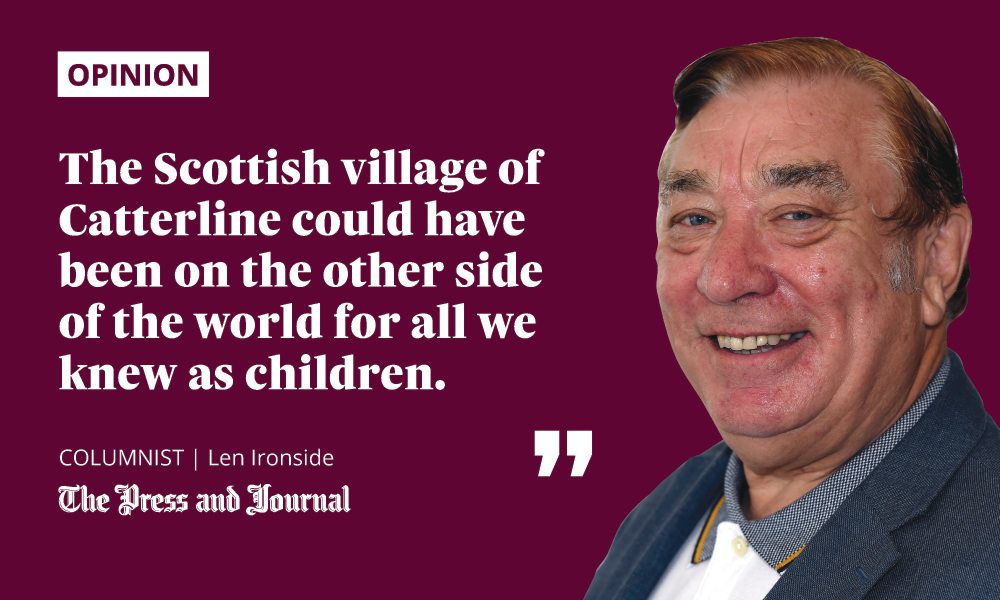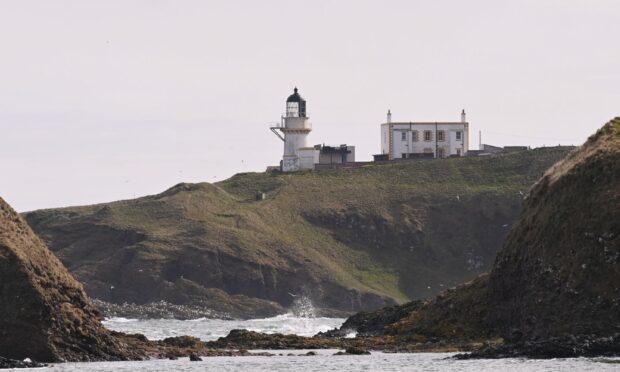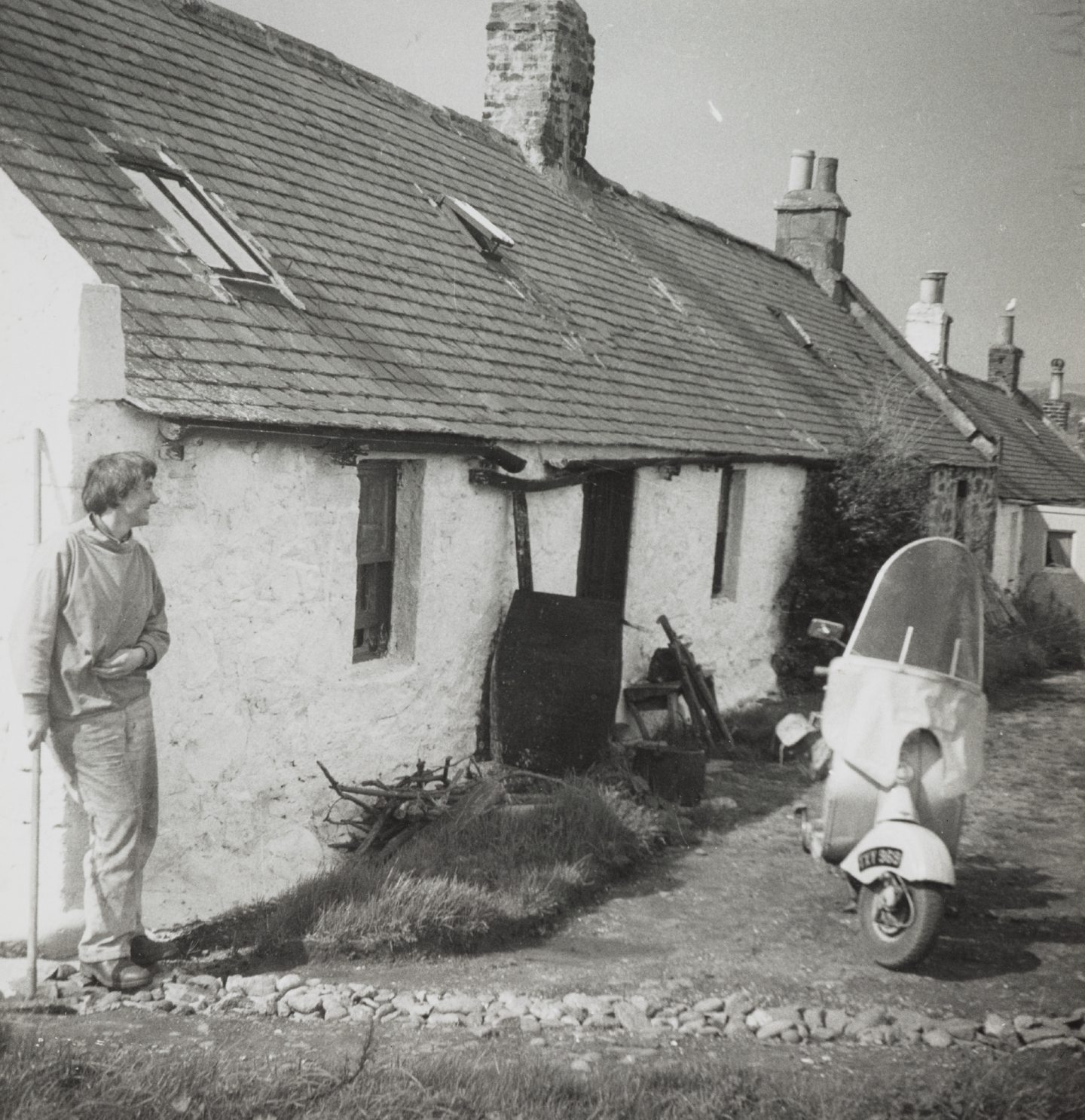It’s interesting to watch so many people getting upset and bothered about the constantly changing Covid rules related to holidaying abroad.
Quite why anyone would be desperate to travel abroad during a pandemic is beyond me. Perhaps it’s the costs of a staycation, which has more than doubled as the hospitality sector highly inflates its prices in order to make up previous years’ losses.
It reminds me of when, as a child, we spent all our school holidays and most weekends in the fishing village of Catterline. Our cottage was No 3 Southside. We called it “Shangri-La” from the film my mother loved called The Lost Horizon. Shangri-La meaning the place where you never grow old.

The whole row of 10 cottages had been condemned in 1926, but the order was never followed through.
Numbers 1 and 2 cottages were occupied by the artist, Joan Eardley. She was from Glasgow but spent many months in the village painting the rocks and the sea’s many moods. Her oil paintings became internationally famous following her premature death in 1963.
Mrs Taylor and her brother were the only other regular tenants at numbers 7 and 8 on the southside. The rest were rented.
For our cottage, my father paid the princely sum of £20 per annum. To put it in perspective, the average wage in the late 1950s and early 1960s was £20 per week.
There was no gas, no electric, and drinking water was collected from a tap at the foot of our brae. Water for washing and dishes came from the two barrels outside our door, which collected the rain water. And the toilet was a chemical one, which was thrown over the cliff – something which would have horrified eco-warriors, had there been any in those days.
The other side of the world
That village could have been on the other side of the world for all we knew as children. It was fun and a lovely place. Being on the coast, the main jobs for the local folk were fishing and farming.
The flat-bottomed coble boat set off every morning at about 3am to net salmon and mackerel. When they returned around 8am, the fishermen would spend the rest of the morning mending their nets which were sprawled out on the rocks. In the afternoon, most of them had individual boats which they used for lobster and crab fishing.
Their season ran from October to March. Come April, the coble was returned to Montrose, and the fishermen got work from the local farmers until September.
With a population of less than 100, everyone knew each other.
The local pub, the Creel Inn, doubled as a small shop which was able to tide you over until the vans came round; the baker’s van, Clark the butcher and Shand the grocer on different days. Villagers often went to Aberdeen on the Friday when the farmers sold their animals at the Mart.
Catterline was a beautiful place. Even without television, we amused ourselves all day long.
The nuns of Nazareth House had a large place in the village and every summer they would bring orphaned young girls to stay for short holidays.
It was great fun when the girls came around. Others with whom I could engage in mischief! They used to tell us about the cruel punishments that were meted out to them by the nuns.
Times have changed but Catterline is still worth a visit
Catterline is a picturesque little village. But times have changed.
The fishermen have long gone. There is no longer a viable fish quota catch. No nets stretched out to mend. The farms tend to be more animal farming and some have sold off land for new housing. Despite protests many years ago from the generations who lived there, permission was given to build along the cliff tops.
The vans don’t come round anymore, people shop in supermarkets on their commute to work, or online. The Creel Inn is a quality licensed restaurant. The cottages on the southside have kitchens, bathrooms and both electricity and running water installed.
“The more things change, the more they remain the same – just a different emphasis
And who would have thought the stories the girls told about Nazareth House were proven to be true?
Though progress has changed many things about Catterline, it is still worth seeing. The village is there for all to enjoy.
My memories are of the people of that village who were like a large family to me. The more things change, the more they remain the same – just a different emphasis.
Len Ironside is a former champion wrestler who served as an Aberdeen councillor for 35 years, with four years as council leader


